The PERCEIVE Consortium
The PERCEIVE Consortium involves 12 partners from Europe and beyond, including research centers and creative industries.

Consiglio Nazionale delle RiCERCHE
CNR is the main research institution in Italy, participating with its Institute of Heritage Science (ISPC) and Institute of Chemical Sciences and Technologies (SCITEC) along with its laboratories.
CNR ISPC brings expertise from the XRAY lab and Raman Spectroscopy Lab, both dedicated to the development of advanced non-invasive XRay and Raman methods and their application to cultural heritage materials, complemented by the DHIlab (Digital Heritage Innovation Lab) known for interactive media application development.

FORTH – Institute of Electronic Structure and Laser (IESL)
FORTH, founded in 1983, is a leading research institute worldwide in lasers, photonics, and materials science. IESL is renowned for its advanced laser technologies used in diagnostics and conservation of heritage artifacts.
Responding to on-site needs, IESL researchers have developed mobile diagnostic and conservation instrumentation used in numerous field campaigns across museums and archaeological sites in Greece, Europe, and the Middle East. IESL is a member of LASERLAB EUROPE since 1990.
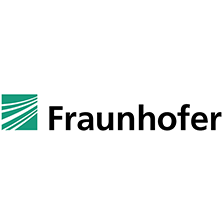
Fraunhofer-IGD
Fraunhofer-IGD has been a pioneer in visual computing for over 30 years, blending image and model-based processing through a combination of computer graphics and computer vision.
Computer graphics at Fraunhofer-IGD involves creating virtual and simulated reality applications, while its computer vision technology enables machines to interpret visual information from the environment.
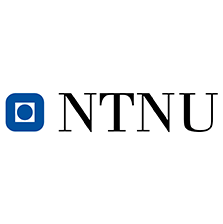
The Norwegian University of Science and Technology (NTNU)
NTNU is the largest university in Norway. NTNU has the main profile in science and technology and an academic breath which includes humanities, social sciences, medicine, health sciences, science of education, architecture, fine arts and performing arts.
NTNU will participate in this project through Colourlab, within the Department of Computer Science (IDI). Since its foundation in 2001 Colourlab has risen to become an internationally leading research in the fields of colour imaging science, image and video processing, colour management, image analysis, CV and spectral imaging.
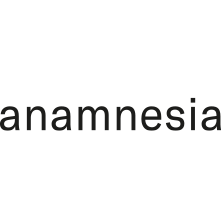
ANAMNESIA
ANAMNESIA is an agency specialized in museum contexts with 20 years of experience in mediation, design and graphic, audiovisual and multimedia production. We have a strong creativity in the field of design with a production methodology that guarantees the respect of the planning.
In the PERCEIVE project, ANAMNESIA will bring its scenographic expertise to create usable and impactful demonstrators resulting from the research. We will also provide our deep learning skills to create a new AI architecture dedicated to color restoration. Our in-depth knowledge of the sector allows us to contribute effectively to the uses and exploitation of the results of the PERCEIVE project, to bring research to innovation.
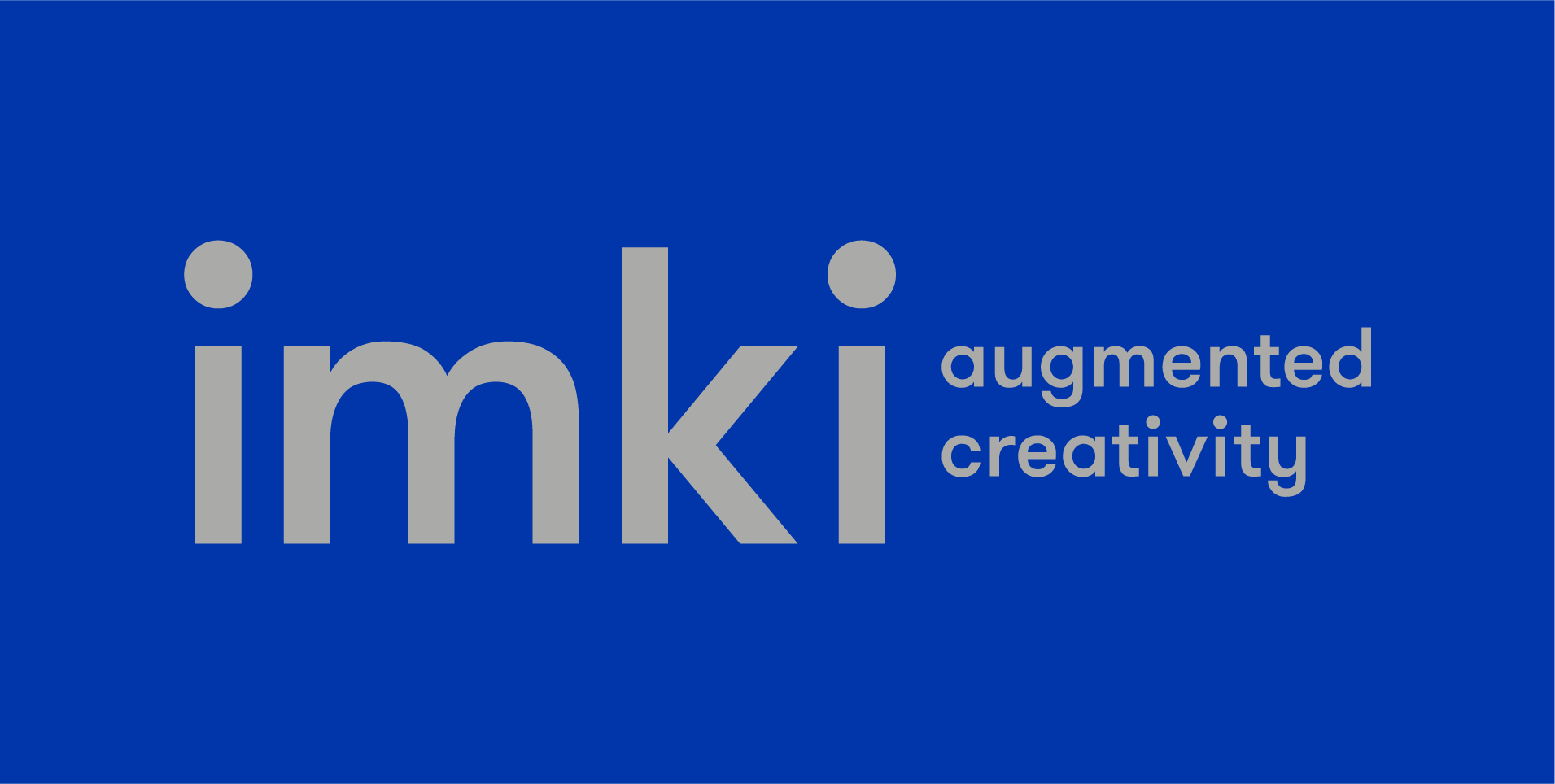
imki
imki is at the forefront of augmented creative Artificial Intelligence solutions for the Luxury and Fashion industry by providing bespoke Artificial intelligence that elevate brand’s creativity while ensuring safety & responsibility.
It is the basis of all the technological solutions used by Fraunhofer IGD and its partners. Computer graphics involves processing and editing images, graphics, and multidimensional models with the aid of computers. Examples are virtual and simulated reality applications. Computer vision (CV) is about teaching computers to “see.” A machine uses a camera to scan its surroundings and then processes the information with software.
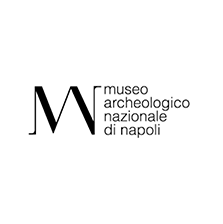
National Archeological museum of Naples (MANN)
MANN is the National Archaeological Museum of Naples is among the oldest and most important in the world for the richness and uniqueness of its heritage and for its contribution to the European cultural panorama.
The collections of the Museum, which became National in 1860, have been enriched with the acquisition of finds from excavations in the sites of Campania and Southern Italy and from private collections. The transfer of the Pinacoteca to Capodimonte in 1957 determined its current appearance as the Archaeological Museum.

Munch museum
The Conservation Section/Collection Care and Management Department and Audience lab are involved in the long-term research and innovation strategy of the Munch Museum in Oslo, in which the study and prediction of color changes in modern art objects (paintings, prints) and finding new tools to transfer the scientific know-how to the public are a priority research direction.
The scientific research facilities in conservation (scientific lab, microscopy room, conservation studios) are complemented by many floors of exhibition halls, a MUNCH lab for testing new technologies and also other facilities as the library, educational studios and meeting rooms. The museum’s Library includes catalogues on exhibitions, correspondence from Munch and other books and journals which can be consulted on demand.

Victoria & Albert Museum
The V&A in London is the world’s largest museum of applied arts, decorative arts and design, housing a permanent collection of over 2.27 million objects. It was founded in 1852.
The museum owns the world’s largest collection of post-classical sculpture, with the holdings of Italian Renaissance items being the largest outside Italy. The departments of Asia include art from South Asia, China, Japan, Korea and the Islamic world.
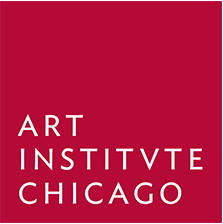
Art Institute of Chicago
The Art Institute of Chicago, founded in 1879, is one of the world’s major museums, housing an extraordinary collection of objects from across places, cultures, and time. The Art Institute of Chicago is also a place of active learning for all—dedicated to investigation, innovation, education, and dialogue—continually aspiring to greater public service and civic engagement.
The breadth of its collections, and the expertise in collection care and scientific investigations of works of art, will provide PERCEIVE with know-how and case studies pertaining the research and reconstruction of ancient Greek and Roman polychromy, and the effects of light on colors in paintings and watercolors.

Hoverlay
Hoverlay Inc. is an end-to-end platform for creating, hosting, sharing, managing and viewing immersive experiences using Augmented Reality (AR) Experiences. Hoverlay was co-founded by Nicolas Robbe and Milan Kovacev.
The company is based in Massachusetts, United States, and aims to “bring spatial publishing to the general public”. When creating an experience, users can edit and publish them on Hoverlay spaces, and view them on the Hoverlay app.

Lucerne University of Applied Sciences and Arts (HSLU)
is the largest educational institution in Central Switzerland. It participates with its Immersive Realities Research Lab, which is part of the School of Computer Science and Information Technology and was founded in 2018.
Its members research augmented and virtual reality technologies from a user-centered perspective. Application domains include serious games, learning environments, urban planning, and art, culture, and digital heritage. The project team for PERCEIVE is led by Arthur Clay, who strengthens the Immersive Realities Research Lab in this endeavour.






